The Art of Villainy: A Closer Look at the Antagonists in Popular Video Games
- Jun 21, 2024
- 836
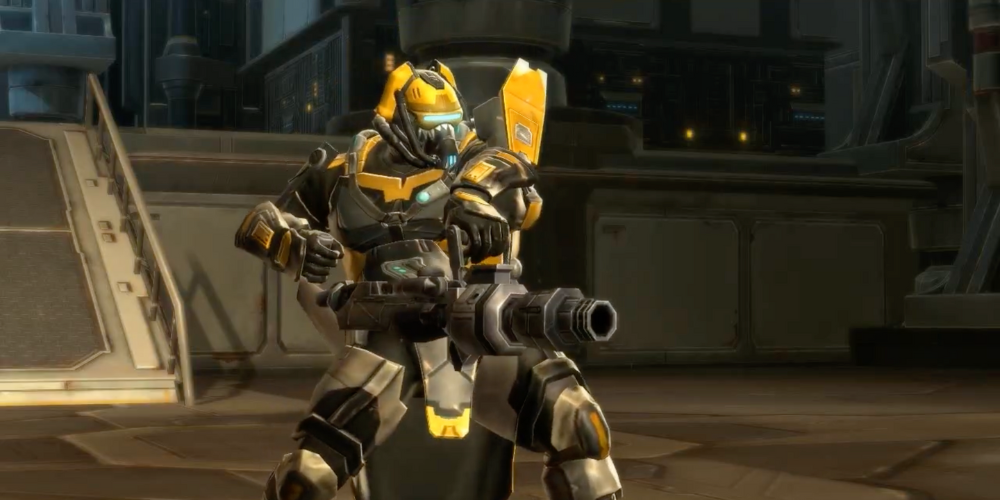
Villains are the heart of every story. They are the obstacles that the hero must overcome, the darkness to their light, and, in many cases, the very thing that makes a tale worth reading, or in this case, worth playing. Video game villains, in particular, have a unique significance in the story and the experience of playing the game. This article aims to look closely into the aspects and creation of some of the most loved and hated villains from popular video games.
Creation and Development of Antagonistic Characters
The creation of a villain character often begins with the need for conflict within the game's storyline. Game developers and writers dwell on aspects such as the villain's motivation, their relation to the protagonist, their personality traits, backstory, and physical appearance when conceptualizing them. The villain's character is often a reflection or contradiction of the hero's principles, which furthers the narrative conflict.
The development of these antagonists takes shape based on the narrative's requirement. From power-hungry tyrants to manipulative masterminds, corrupted beings to misunderstood outcasts, a broad spectrum of villain personalities can be explored.
Notable Villains and Their Influence
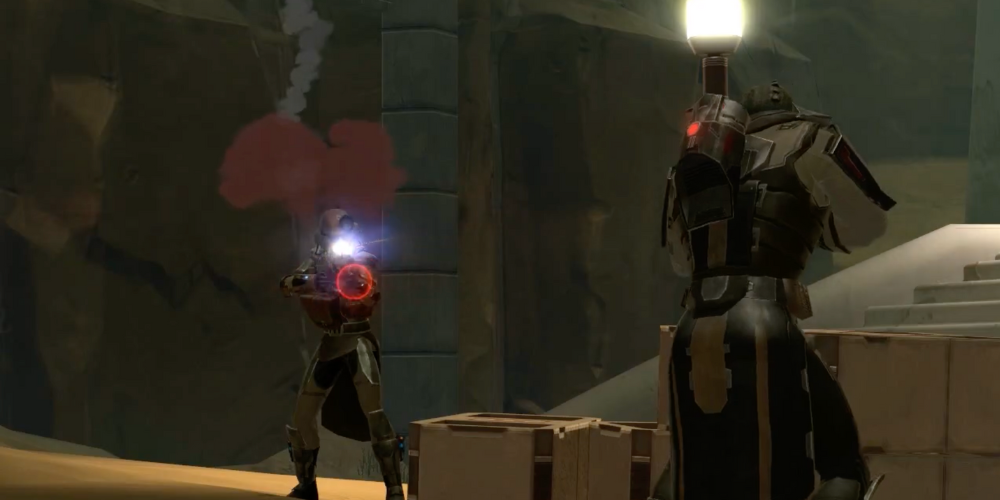
Some video game villains have stood out for their unique traits and influence over the gameplay. While listing all of them would be impossible, let's focus on a few examples to illustrate these characters' vast diversity and complexity.
Bowser from 'Super Mario'
Bowser, often recognized as a cornerstone in the pantheon of video game villains, sits at the heart of the Super Mario series. Exemplifying the enduring charm of a well-drawn villain, his iconic figure has transcended generations of gamers, proving to be a timeless antagonist in video games.
Bowser's character emanates power and authority, a strong counterpoint to the heroic Mario. His fiery rage and persistent schemes to kidnap Princess Peach form the central conflict repeatedly played out throughout the series. His might is displayed through his tyrannical reign over the Koopa Kingdom, invoking both awe and challenge in the players.
Yet, Bowser is not just about power. He injects humor into the narrative, often through his eccentric plans and his dramatic yet futile attempts to outsmart Mario. This lighter side adds an extra layer to his character, making him more relatable and unforgettable.
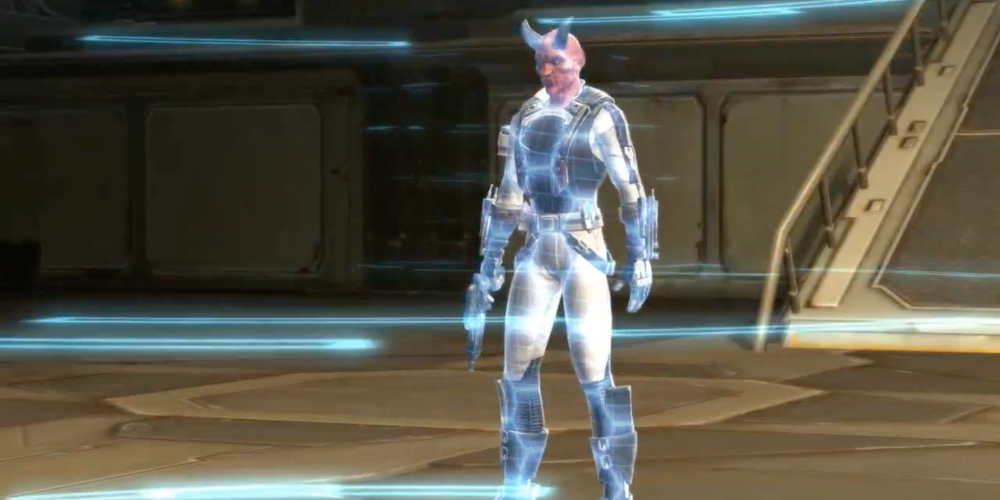
Bowser's recurrent pursuit to kidnap Princess Peach encapsulates the classic 'damsel-in-distress' trope. This familiar motif across the Super Mario series gives continuity to his villainous role, making him a dynamic and constant figure who fuels the narrative throughout the franchise.
Ganondorf from 'The Legend of Zelda'
In the Legend of Zelda series, Ganondorf stands out as a villain of immense stature. His character presents a more sinister, enigmatic image, contributing to the game's darker, more atmospheric tone.
Ganondorf, the physical embodiment of Demise's hatred, is not merely a fearsome enemy but also a figure shrouded in legend and mystery. Often unseen yet always looming in the backdrop of the narrative, he is a threatening presence whose influence is felt throughout the game world.
He channels his malign intentions through various proxies, thereby instilling a sense of anxiety and unpredictability in the game. Under Ganondorf's control, these puppets represent his insidious ways, illustrating his powerful, commanding personality.
Ganondorf’s legendary status enhances the epic feel of the games and heightens anticipation for the climactic confrontations. He represents a villain who is not necessarily confrontational but rather manipulates events behind the scenes, adding intrigue and depth to the narrative.
GLaDOS from 'Portal'
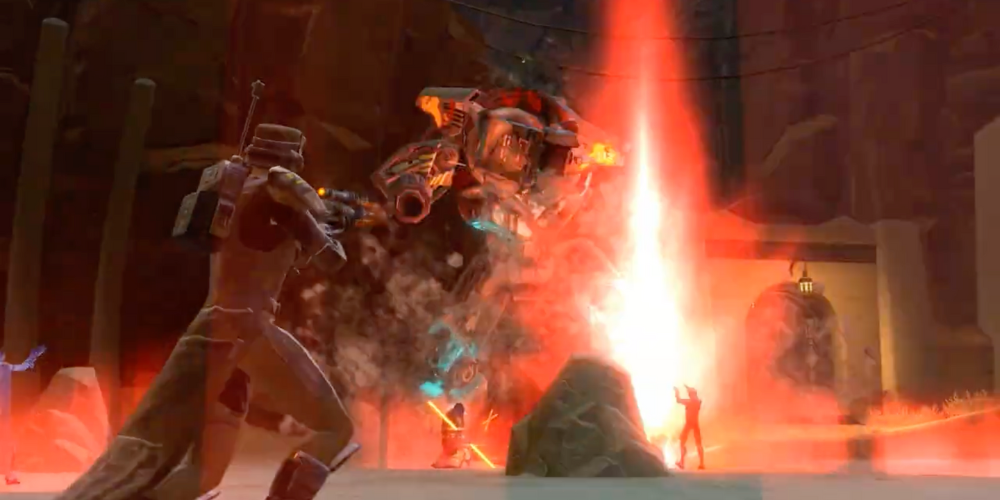
GLaDOS from Portal is a villain who manipulates the player with promises and lies throughout the game. Her personality changes over time, becoming a character with a dark sense of humor and a memorable presence.
The Significance of Villains in Gaming Narrative
Villains play an integral role in the structure and progression of the narrative in video games. They serve as the main catalysts around which the storylines evolve. Their actions, intentions, and goals often shape the plot, directing it toward the climactic confrontation between the protagonist and its opposing force. By instigating conflicts and challenges, villains keep the narrative dynamic, tugging the players' curiosity and keeping them engaged and invested in the gameplay.
The villain and protagonist interaction is a critical element of game storytelling. Heroes often find themselves in reactive positions, responding to the villain's actions, decisions, or threats to overturn their plans. The game's progression often hinges on the protagonist's struggle and ability to thwart the villain's evil intentions, whether scheming, sheer strength, or manipulation. This struggle is what crafts the hero's journey, adding intensity, suspense, and challenge to the gameplay.
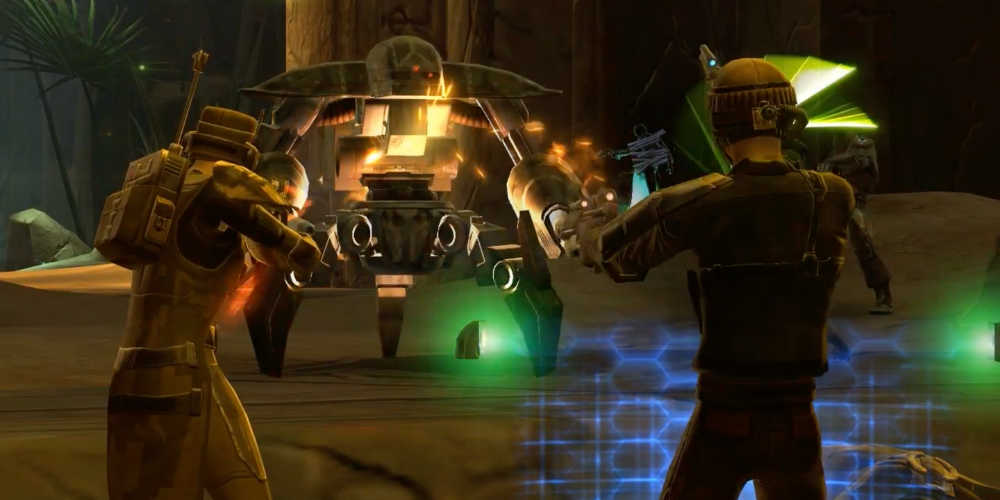
The Quality of villains, characterization, and depth greatly impact the gaming experience. A well-developed villain evokes emotions, raises a conflict, and contributes significantly to the game's ambiance, making it more immersive and gripping for the player. A villain with a complex personality and layered motives can often blur the line between good and evil, presenting a thought-provoking narrative.
Additionally, emotional turmoil provoked by the antagonists fosters a more profound bond between the gamer and the entertaining platform. These conflicts could range from sympathy towards the misunderstood outcasts, fear of merciless tyrants, or the thrill of matching wits with manipulative masterminds. These characters' wide range of emotions helps connect the player to the game's world, making it a more enriching and memorable experience.
Conclusion
In conclusion, villains in video games play a pivotal role in creating engagement and enriching the narrative. Their creation and development require a good understanding of their role within the narrative and a nuanced approach to their characterization. They go far beyond mere 'bad guys,' often becoming memorable characters in their own right that gamers love to hate, fear, or even empathize with.
So next time you pick up the controller or the keyboard, remember to appreciate the antagonist who is making your gaming experience more challenging, engaging, and emotionally rewarding.